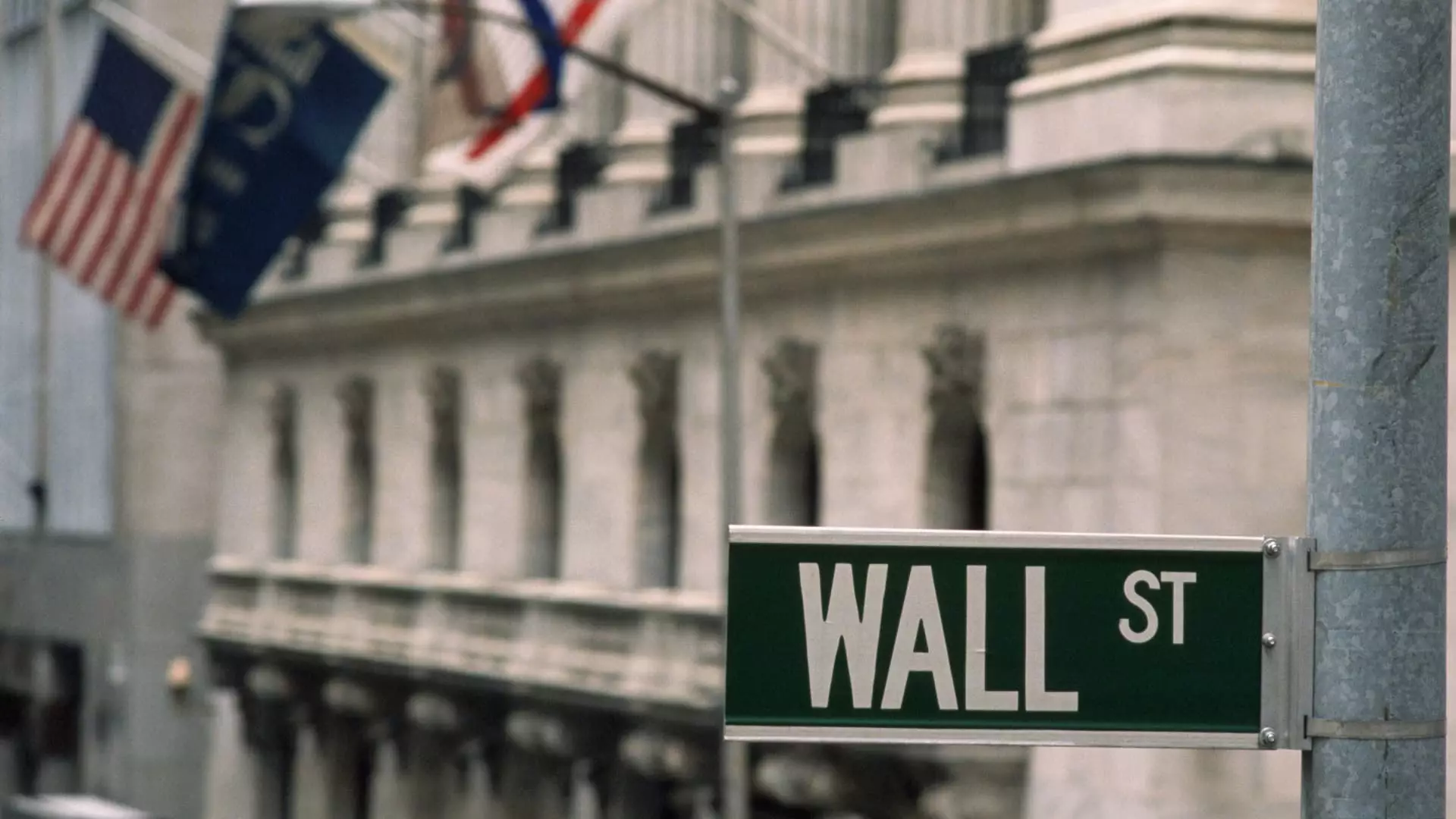As 2025 unfolds, the initial public offering (IPO) landscape has exhibited a relatively subdued start, with several ventures officially trading. However, this anticipation has been met with an undeniable lukewarm response from the market. The Nasdaq’s president, Nelson Griggs, maintains an optimistic outlook, suggesting that a rejuvenation of the IPO sector may be on the horizon. He asserts that while the beginning of the year is slow, there is potential for a significant increase in activity as the year progresses. Griggs likens the IPO market to a pendulum, oscillating between periods of robust private investment and the more public-facing capital raising efforts.
Griggs draws attention to the cyclical nature of the IPO market, illustrating the impact of extended periods with constrained capital available through public markets. His insights reveal a substantial queue of companies eager to enter the public domain, suggesting that the potential for a revitalized IPO market remains intact. However, the existing pipeline encompasses complexities beyond mere enthusiasm.
Companies attempting to navigate their IPO journeys are encountering a host of challenges. Take Panera Brands, for instance, which has continually faced hurdles in its pursuit of going public. Such difficulties serve as a poignant reminder that the path to public trading can be fraught with obstacles, regardless of market conditions.
The resistance to IPOs is not exclusive to established companies. Twin Peaks, a sports bar chain, recently commenced trading as a spin-off of Fat Brands, but it serves primarily as a financial maneuver to alleviate debt rather than a signal of unbridled opportunity in the IPO space. This exemplifies the trend where newer entities, particularly in tech sectors like artificial intelligence, often choose to remain in private markets, capitalizing on the substantial funding options without the obligations that come with being publicly traded. Even high-profile companies such as OpenAI seem content to harness private investment streams to sustain growth.
Griggs recognizes a pivotal innovation within the private funding landscape, enabling businesses to secure liquidity without the immediate necessity of an IPO. However, he also emphasizes that while this innovation allows for more maneuverable financing options, ultimate financial growth and sustained liquidity are often linked to the public sphere.
Despite the current challenges, Griggs remains hopeful. He suggests that the current market dynamics might be shifting, hinting at a resurgence of interest in going public. The convergence of public and private investments could ultimately draw companies back towards IPOs, as the advantages of the public marketplace become increasingly appealing.
While 2025 has begun with a cautious welcome for new IPOs, the insights from Griggs illuminate a pathway to potential recovery. The IPO market may very well stand at the edge of a significant transformation, provided that companies can navigate the complexities that lie ahead. The journey may be difficult, but the inherent potential remains, leaving the door open for a comeback year in the world of public offerings.

